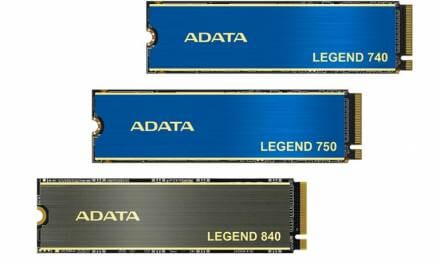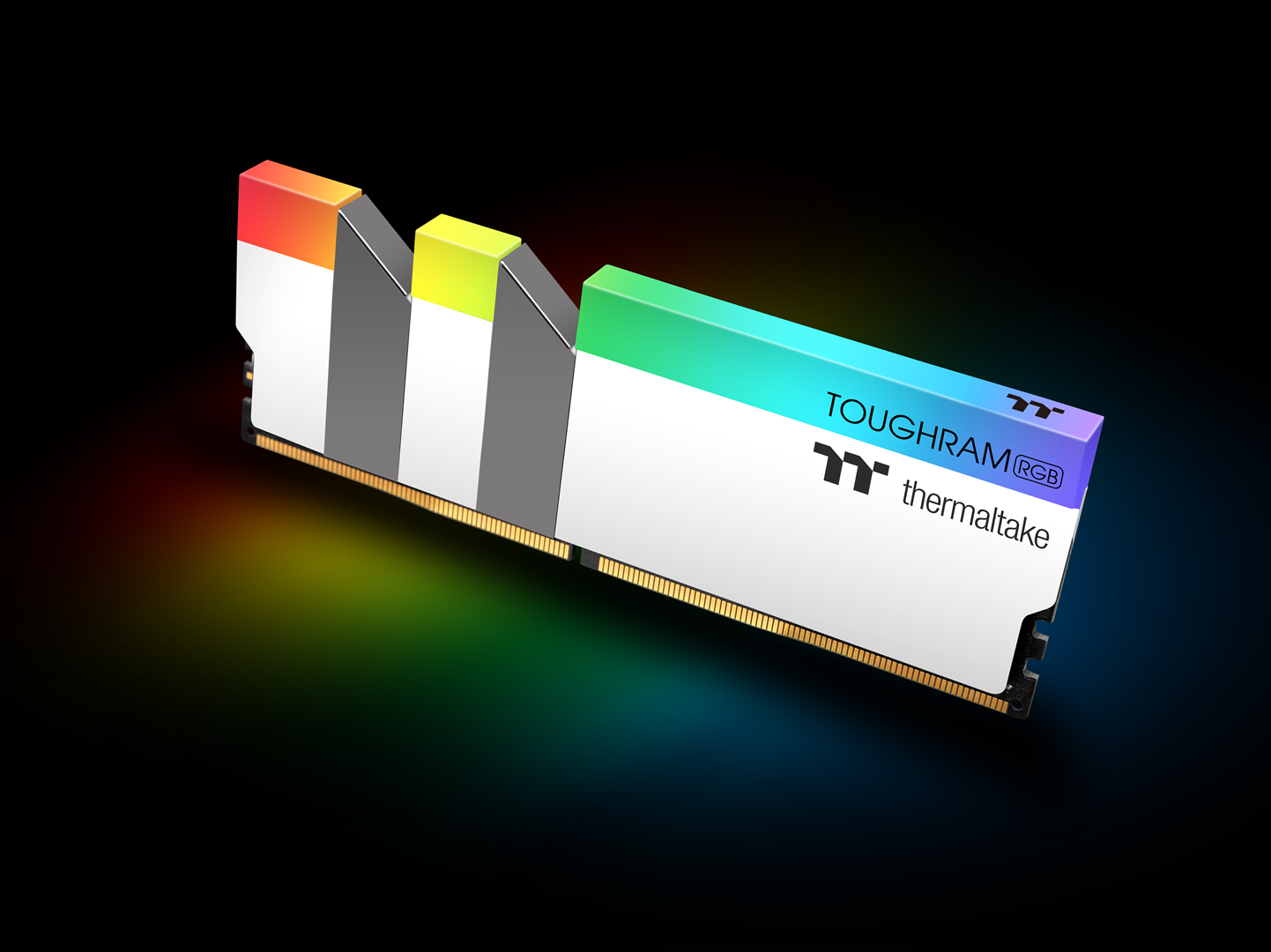
The Metaverse as Explained by Experts

As household names from across different industries like McDonald’s, Disney, Nike, Walmart, Coca-Cola and Facebook, which now goes by the name Meta, have announced their participation in the metaverse, people are starting to become interested in what it is.
The Consumer Electronics Show (CES), which took place in Las Vegas in January, gave attendees a sneak peek at the metaverse, and experts within the space have given their own definition of what it actually is.
“Metaverse is like the Internet. It is a destination for people to be able to share and exchange content of any subject matter. And the only difference between the Internet today and the metaverse is that the metaverse typically refers to spatial content, so experiences that I’m either having in virtual reality where I’m completely immersed, or mixed reality where we’re mixing artificial content with the real world,” Chris Stavros, CEO of MakeSea, an AR/VR cross-platform content management and collaboration firm, said.
“The metaverse is generally all things augmented reality, virtual reality, virtual world, like all the cool, amazing, heads-up displays and holograms, and all that digital stuff that surrounds us—whether we kind of want to interact with it within games and that sort of thing,” experiential reality (XR) application Omniscape Founder and CEO Robert Rice added.
Although still in its prototype stage, with developments still ongoing when it comes to AR/VR glasses and other computing hardware, as well as dealing with Internet speed issues, it can be seen that the metaverse will revolutionize the way businesses and consumers interact with each other.
“I think that the metaverse opens up a wealth of opportunities, because now, brands can create a much richer customer experience. Now, it’s immersive. Before, it was flat and one-dimensional. Now, you’re going to be able to do it in a way that is incredibly rich 3D, and you’re going to have an opportunity to merge what’s happening in the digital world with what consumers are experiencing in the real world,” Omniscape CMO Warren White explained.
However, before the metaverse is actually used by the public, it will need a stable and scalable technology that can handle the immense amount of data it will need to run efficiently, as well as the big data it will generate on a daily basis. The metaverse will also see an extremely high number of transactions that can be processed instantly with the lowest cost possible.
“There is more that can be done. We will need more bandwidth. We’re going to need, for example, blockchain that can support a volume of transactions in an efficient manner. I think that the biggest obstacles are definitely on the technology side. Technology needs to evolve,” Meta’s Vice President for Engineering, Artur Souza, pointed out.
Unlike popular blockchain Ethereum, which can only process about 70 transactions per second (tps) at fees averaging over $20 per transaction that peaked at $63 last November and cost users $790,000 in failed transactions in July, the BSV miners are already mining 4GB blocks at up to 50,000 tps, taking in fees of infinitesimal fractions of a cent per transaction.
“When we looked at all the different types of protocols for different types of blockchains, we made a business and technical decision. And honestly, BSV, it was super-fast, it was super scalable, it was super inexpensive. I mean, when you look at trying to mint an NFT or something on say, OpenSea, and you guys spend a couple hundred bucks and you got to wait for it, versus BSV, where you know, it’s .000 [of] one penny. It’s like, ‘Okay, why would I even bother,’” Rice revealed.
And because the BSV blockchain is equipped with limitless scaling, data block size and throughput measured in tps will continue to go up until they reach terabyte-sized blocks and billions of tps, and fees will go further down to an amount that hardly makes a dent in enterprise budgets.
























